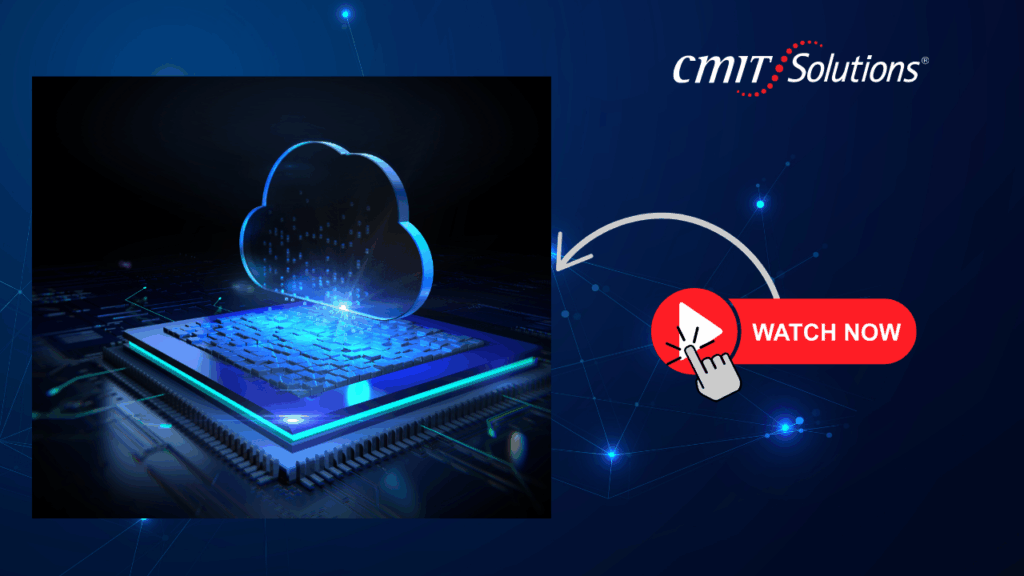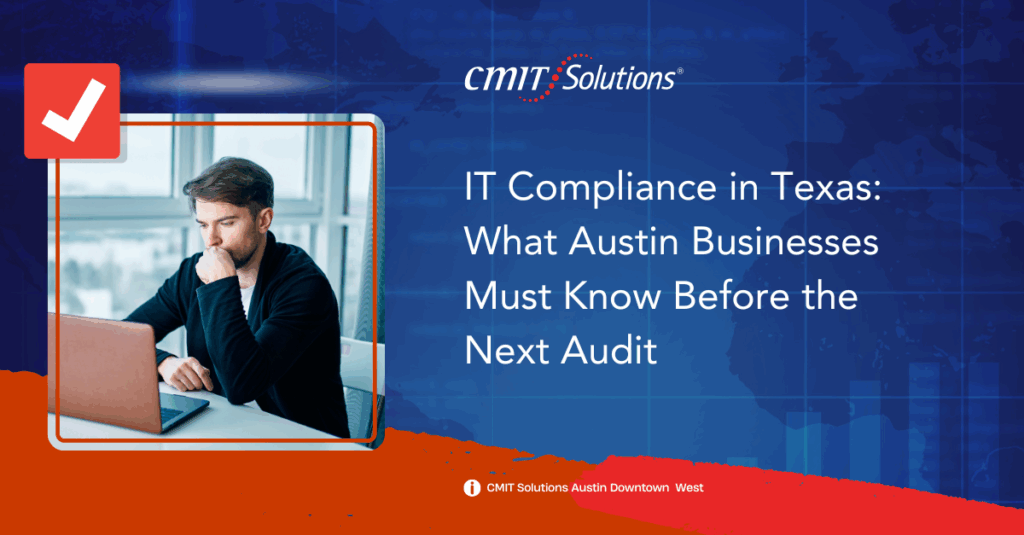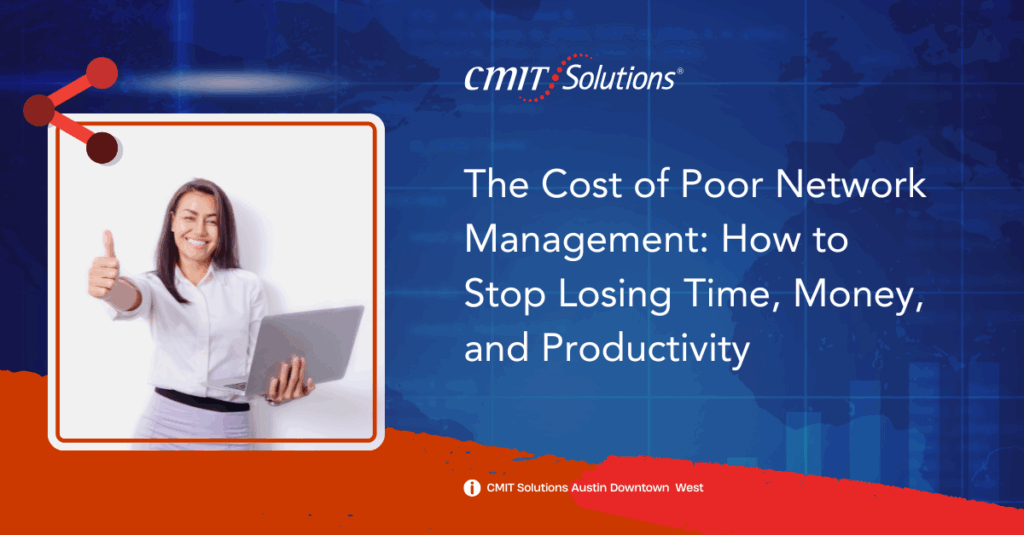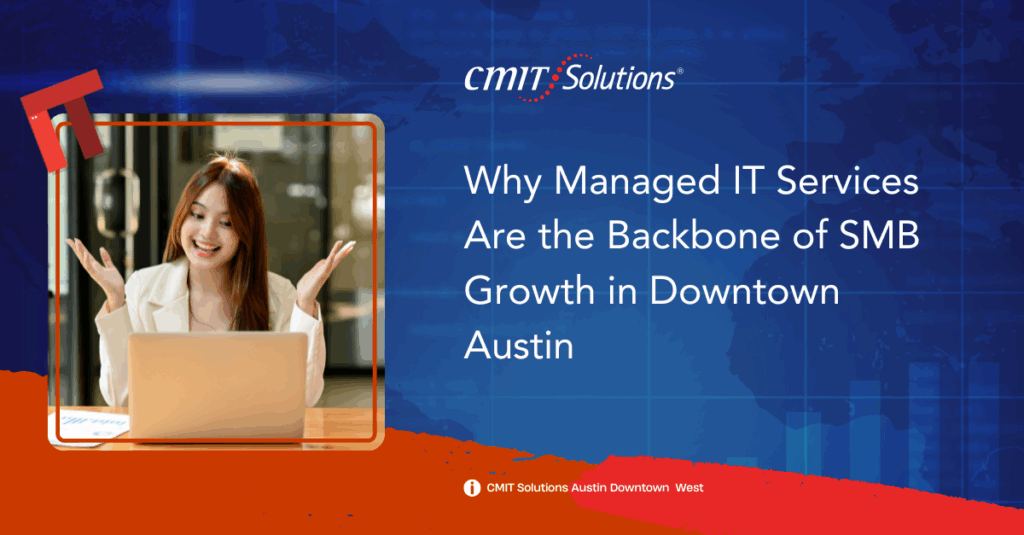Introduction: Austin’s Next Leap in Digital Innovation
Austin’s tech ecosystem is thriving fast-moving startups, creative agencies, and established enterprises are all pushing boundaries. Yet many of these businesses still rely on outdated, on-premises systems that restrict flexibility and scalability. For a city known for innovation, that’s a problem.
The solution? Cloud-native transformation. Going cloud-native doesn’t just mean moving your servers—it means reimagining how your business operates. By embracing cloud innovation, Austin companies are gaining agility, reducing IT costs, and ensuring their technology evolves as fast as their ambitions.
- Cloud-native enables rapid growth and flexible scaling.
- Businesses can innovate faster with fewer infrastructure limits.
- On-demand resources improve productivity and cost efficiency.
- A future-ready architecture prepares companies for evolving demands.
What “Cloud-Native” Really Means
“Cloud-native” refers to software and systems specifically designed to run in the cloud. It’s not about moving old servers it’s about rebuilding with scalability, automation, and resilience at the core.
Austin companies that partner with experts in managed IT services are re-engineering applications to function as microservices, deployed through containers and orchestrated with automation tools. This approach ensures greater reliability and adaptability across all operations.
- Microservices simplify updates and maintenance.
- Containers provide consistent performance across environments.
- Serverless computing eliminates unnecessary hardware dependency.
- Continuous integration accelerates release cycles.
Why Austin Businesses Are Moving to the Cloud
Austin’s competitive business climate rewards agility. Companies that cling to traditional IT often struggle to keep up with faster, cloud-enabled rivals. The city’s hybrid workforce, data-driven industries, and creative energy all benefit from the scalability of cloud-native systems.
Organizations leveraging network management tools are already optimizing cloud connectivity for seamless performance, even during high traffic or remote access scenarios.
- Cloud solutions lower operational costs through pay-as-you-go pricing.
- Automatic updates ensure continuous performance improvements.
- Businesses scale resources instantly to match demand.
- Real-time collaboration boosts productivity across remote teams.
Hybrid Cloud: Balancing Flexibility and Control
Many Austin companies choose a hybrid cloud approach combining public and private environments for maximum flexibility. This structure supports sensitive data protection while maintaining scalability for everyday operations.
By integrating secure data backup and disaster recovery plans, businesses ensure their data stays accessible and protected regardless of infrastructure failures.
- Hybrid clouds deliver both customization and scalability.
- Workloads move seamlessly between public and private systems.
- Disaster recovery guarantees business continuity.
- Data governance remains compliant with Texas regulations.
The Security Advantage of Cloud-Native Architecture
As cyber threats evolve, cloud-native systems offer stronger, built-in protection. With features like encryption, access control, and constant monitoring, businesses can reduce their attack surface and improve compliance posture.
Austin firms adopting AI cybersecurity strategies can predict, prevent, and respond to threats in real time—creating a proactive defense layer that traditional setups can’t match.
- Zero-trust authentication protects remote connections.
- AI-driven detection identifies anomalies instantly.
- Encryption secures data both in transit and at rest.
- Managed threat response ensures continuous vigilance.
Hybrid Cloud: Balancing Flexibility and Control
Many Austin companies choose a hybrid cloud approach combining public and private environments for maximum flexibility. This structure supports sensitive data protection while maintaining scalability for everyday operations.
By integrating secure data backup and disaster recovery plans, businesses ensure their data stays accessible and protected regardless of infrastructure failures.
- Hybrid clouds deliver both customization and scalability.
- Workloads move seamlessly between public and private systems.
- Disaster recovery guarantees business continuity.
- Data governance remains compliant with Texas regulations.
The Security Advantage of Cloud-Native Architecture
As cyber threats evolve, cloud-native systems offer stronger, built-in protection. With features like encryption, access control, and constant monitoring, businesses can reduce their attack surface and improve compliance posture.
Austin firms adopting AI cybersecurity strategies can predict, prevent, and respond to threats in real time—creating a proactive defense layer that traditional setups can’t match.
- Zero-trust authentication protects remote connections.
- AI-driven detection identifies anomalies instantly.
- Encryption secures data both in transit and at rest.
- Managed threat response ensures continuous vigilance.
Data Protection: Ensuring Business Continuity
No digital transformation is complete without resilience. With ransomware, human error, and natural disasters posing real risks, secure cloud-based data management is essential.
Companies implementing digital trust frameworks reinforce their commitment to client confidentiality and transparency—critical factors in maintaining business credibility.
- Encrypted cloud storage protects sensitive business data.
- Automated replication guarantees data integrity.
- Off-site backups safeguard against local disruptions.
- Transparent recovery plans build customer confidence.
Partnering with Austin’s Cloud Experts
Transitioning to cloud-native architecture requires expertise in migration, management, and security. Partnering with a provider of managed IT services ensures businesses receive continuous monitoring, compliance support, and tailored solutions for hybrid environments.
A trusted Austin-based IT partner understands the city’s industries, regulations, and culture offering personalized guidance at every step of the journey.
- Expert migration planning minimizes downtime.
- 24/7 monitoring keeps cloud systems secure and reliable.
- Cost optimization ensures maximum return on investment.
- Local expertise provides fast, human-centered support.
Conclusion: Austin’s Cloud-Native Future
Austin’s businesses are at the forefront of innovation, and the move to cloud-native technology is propelling that momentum forward. Cloud systems don’t just modernize operations—they unlock agility, collaboration, and resilience that define the city’s entrepreneurial spirit.
By aligning cloud innovation with AI cybersecurity, data backup, and managed IT services, Austin companies can build infrastructure that grows as fast as they do.
- Cloud-native transforms businesses into agile innovators.
- Intelligent automation ensures long-term cost efficiency.
- Resilient infrastructure enhances security and uptime.
- Austin’s digital future is powered by the cloud.








